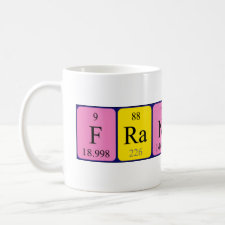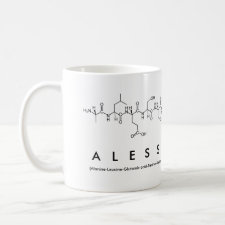
Authors: Bonini F, Piletsky S, Turner APF, Speghini A, Bossi A
Article Title: Surface imprinted beads for the recognition of human serum albumin.
Publication date: 2007
Journal: Biosensors and Bioelectronics
Volume: 22
Issue: (9-10)
Page numbers: 2322-2328.
DOI: 10.1016/j.bios.2006.12.034
Alternative URL: http://hdl.handle.net/1826/3431
Abstract: The synthesis of poly-aminophenylboronic acid (ABPA) imprinted beads for the recognition of the protein human serum albumin (HSA) is reported. In order to create homogeneous recognition sites, covalent immobilisation of the template HSA was exploited. The resulting imprinted beads were selective for HSA. The indirect imprinting factor (IF) calculated from supernatant was 1.6 and the direct IF, evaluated from the protein recovered from the beads, was 1.9. The binding capacity was 1.4 mg/g, which is comparable to commercially available affinity materials. The specificity of the HSA recognition was evaluated with competitive experiments, indicating a molar ratio 4.5/1 of competitor was necessary to displace half of the bound HSA. The recognition and binding of the imprinted beads was also tested with a complex sample, human serum and targeted removal of HSA without a loss of the other protein components was demonstrated. The easy preparation protocol of derivatised beads and a good protein recognition properties make the approach an attractive solution to analytical and bio-analytical problems in the field of biotechnology
Template and target information: protein, human serum albumin, HSA
Author keywords: Molecularly imprinted polymers, human serum albumin, 3-aminophenylboronic acid, Serum depletion, Proteome



Join the Society for Molecular Imprinting

New items RSS feed
Sign-up for e-mail updates:
Choose between receiving an occasional newsletter or more frequent e-mail alerts.
Click here to go to the sign-up page.
Is your name elemental or peptidic? Enter your name and find out by clicking either of the buttons below!
Other products you may like:
 MIPdatabase
MIPdatabase









